Ensemble musikFabrik - Simone Santi Gubini: The Black Exposition (2024) Hi-Res
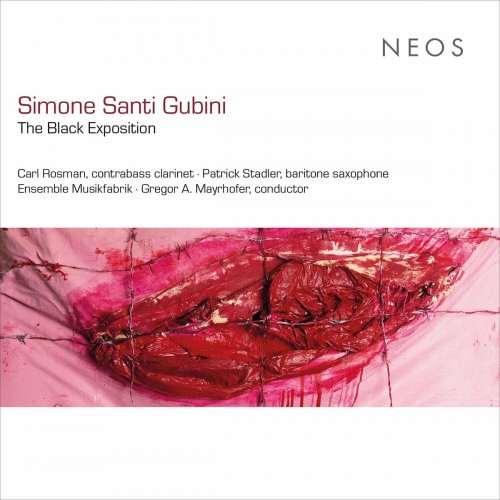
Artist: Ensemble Musikfabrik, Patrick Stadler, Gregor A. Mayrhofer
Title: Simone Santi Gubini: The Black Exposition
Year Of Release: 2024
Label: NEOS Music
Genre: Classical
Quality: FLAC 16/24 Bit (96 KHz / tracks+booklet)
Total Time: 51:02 min
Total Size: 246 / 893 MB
WebSite: Album Preview
Tracklist|Title: Simone Santi Gubini: The Black Exposition
Year Of Release: 2024
Label: NEOS Music
Genre: Classical
Quality: FLAC 16/24 Bit (96 KHz / tracks+booklet)
Total Time: 51:02 min
Total Size: 246 / 893 MB
WebSite: Album Preview
01. Schmelzpunkt: No. 1, —
02. Schmelzpunkt: No. 2, —
03. Schmelzpunkt: No. 3, —
04. Klangrelief III: No. 1, —
05. Klangrelief III: No. 2, —
06. Klangrelief III: No. 3, Matisse
07. Die schwarze Ausstellung
The 21st century is characterized by diverse innovations in the field of classical music: the intensive preoccupation with advanced playing techniques, acoustic principles and the newly discovered complexity of timbres enabled a small number of mostly European composers to redefine “sound excess”. The exploration of frequencies has allowed the sonic extremes of the scores to be linked to both the concept of energetic overexposure and the physical presence of the materials. Essentially, it is the materials that have to change.
The sonic and aesthetic context in which Simone Santi Gubini's work is located is based precisely on these considerations. If you experience the "sound excess" in its depth, the originality of his vision becomes visible: the creation of a real psycho-acoustic shock, the immediacy of which hits the listener from the first hearing. Although his composition focuses on the rules of timbre, it offers space for a reformulation of the musical parameters, both in terms of their conventional treatment and in the application of the sonic matter; Furthermore, it is striking how detailed he works with the instruments using harmonics, multiphonics and sound clusters, something that requires a long preparation from the musicians and in any case requires competence and a high level of skill.
Considering Santi Gubini's inventive contribution to contemporary classical composition, one could say that he probably laid the foundation for a unique event in music history when he conducted his personal acoustic research into the validity of the erratic state of sound, taking into account today's Habits of notation ignored. Here Santi Gubini found confirmation and clear evidence of his studies on acoustics and instrumentation, which he had made with regard to the instability of sound and its defective nature.
The monograph presented here shows us the development of Santi Gubini on his artistic path and his desire for new insights.
The sonic and aesthetic context in which Simone Santi Gubini's work is located is based precisely on these considerations. If you experience the "sound excess" in its depth, the originality of his vision becomes visible: the creation of a real psycho-acoustic shock, the immediacy of which hits the listener from the first hearing. Although his composition focuses on the rules of timbre, it offers space for a reformulation of the musical parameters, both in terms of their conventional treatment and in the application of the sonic matter; Furthermore, it is striking how detailed he works with the instruments using harmonics, multiphonics and sound clusters, something that requires a long preparation from the musicians and in any case requires competence and a high level of skill.
Considering Santi Gubini's inventive contribution to contemporary classical composition, one could say that he probably laid the foundation for a unique event in music history when he conducted his personal acoustic research into the validity of the erratic state of sound, taking into account today's Habits of notation ignored. Here Santi Gubini found confirmation and clear evidence of his studies on acoustics and instrumentation, which he had made with regard to the instability of sound and its defective nature.
The monograph presented here shows us the development of Santi Gubini on his artistic path and his desire for new insights.
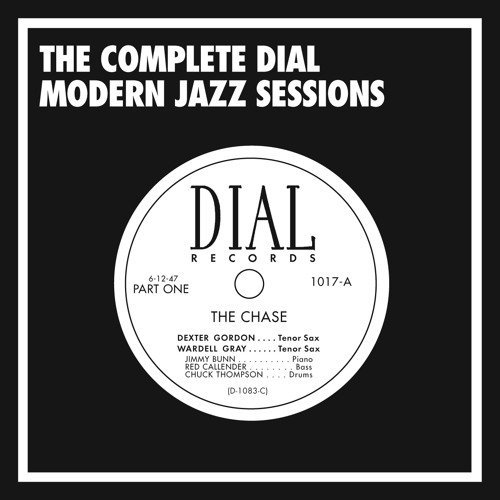
![Noé Sécula - A Sphere Between Other Obsessions (2025) [Hi-Res] Noé Sécula - A Sphere Between Other Obsessions (2025) [Hi-Res]](https://www.dibpic.com/uploads/posts/2025-12/1766108017_sej880ryk23va_600.jpg)

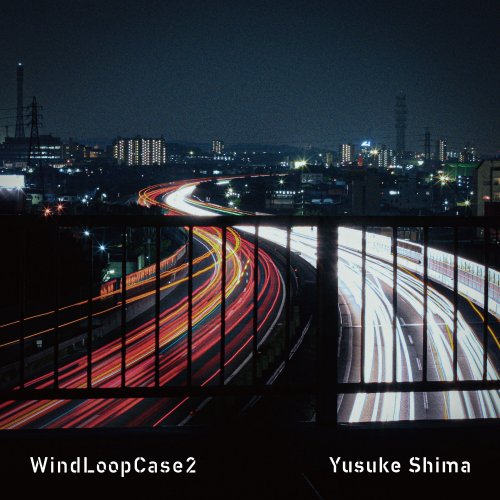
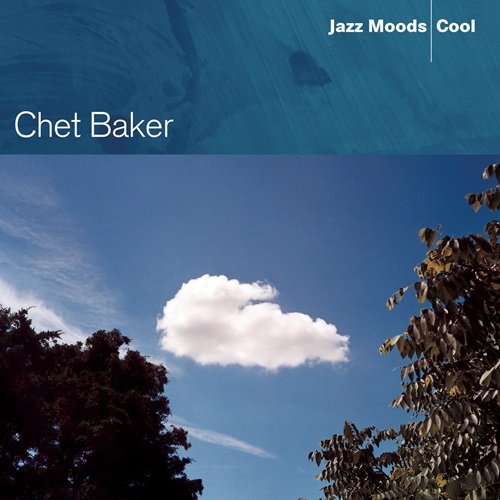

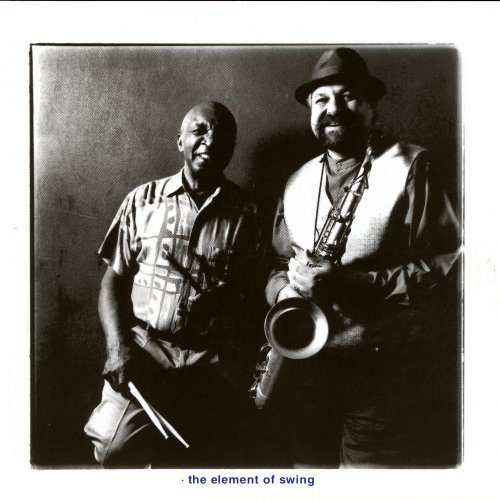
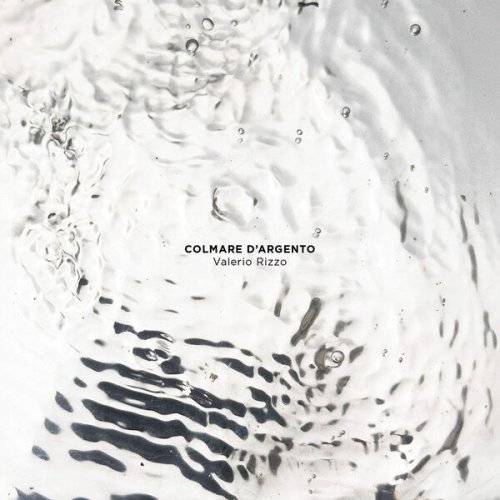
![Luizinho do Jêje, Marcelo Galter, Sylvio Fraga - Mocofaia (2024) [Hi-Res] Luizinho do Jêje, Marcelo Galter, Sylvio Fraga - Mocofaia (2024) [Hi-Res]](https://img.israbox.com/img/2025-12/19/ie15pqye9f7axu0oyf0ndsk7k.jpg)